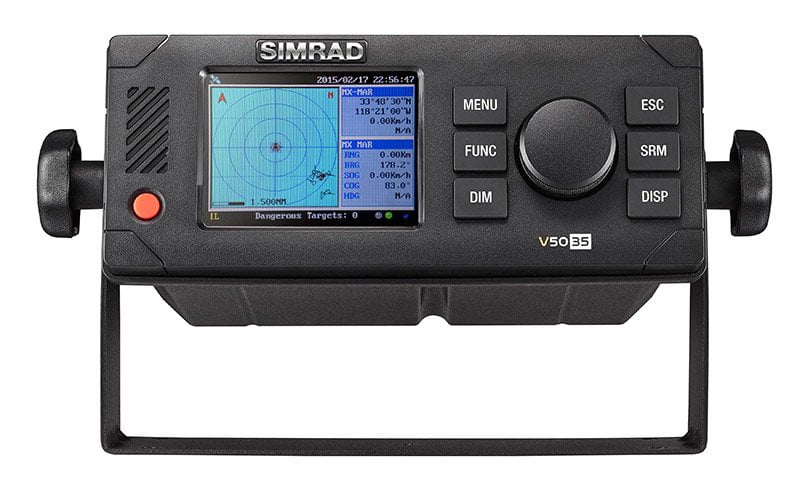In the vast expanse of the world’s oceans, ensuring the safety of maritime traffic is paramount. Ships, boats, and vessels of all sizes need a reliable system to avoid collisions, especially in busy and congested waterways. The Class A AIS (Automatic Identification System) Transponder serves as the guardian angel of maritime safety, providing real-time vessel tracking and collision avoidance capabilities. Delve into the essential features and benefits of Class A AIS transponders, and how they have become a game-changer in modern maritime communication.
The Class A AIS transponder stands as an indispensable tool in modern maritime communication and safety. Its real-time vessel tracking, collision avoidance capabilities, and integration with bridge systems make it an essential component of any large vessel’s equipment. By enhancing situational awareness and facilitating efficient data exchange, Class A AIS transponders contribute significantly to the safety of maritime traffic, reducing the risk of accidents and enhancing the overall efficiency of marine operations. Investing in a Class A AIS transponder is not just a matter of compliance but a commitment to safeguarding lives, protecting the environment, and ensuring smooth sailing on the high seas.
Understanding Class A AIS Transponder:
AIS is an automated tracking system used on ships and vessels to transmit and receive vital information, including vessel position, speed, heading, and identification data. Class A AIS transponders are the highest tier of AIS devices and are required by large commercial vessels and passenger ships under international maritime regulations.

Real-Time Vessel Tracking:
Class A AIS transponders continuously broadcast vessel information to nearby vessels and shore-based AIS stations. This real-time tracking enables ships to be aware of each other’s positions, courses, and speeds, enhancing situational awareness and reducing the risk of collisions. With AIS, ships can identify and monitor the movements of nearby vessels, even in adverse weather conditions or low visibility scenarios.
Collision Avoidance:
AIS transponders play a pivotal role in collision avoidance, especially in busy shipping lanes and congested areas. By exchanging dynamic and static vessel information, ships can predict potential collision risks and take timely actions to avoid accidents. The system provides early warnings, allowing bridge personnel to make informed decisions and adjust course or speed accordingly.
Data Exchange with Shore-Based Stations:
Class A AIS transponders not only communicate with nearby vessels but also exchange information with shore-based AIS stations. This information exchange contributes to a comprehensive maritime traffic monitoring system, which aids maritime authorities, port authorities, and vessel traffic services in managing and regulating vessel movements effectively.
Enhancing Search and Rescue Operations:
In case of emergencies, AIS data from Class A transponders can be invaluable in search and rescue operations. When a vessel is in distress, its AIS transponder will broadcast a specific distress message, indicating its location and nature of the emergency. This information can help rescue teams quickly locate the vessel and provide timely assistance.






